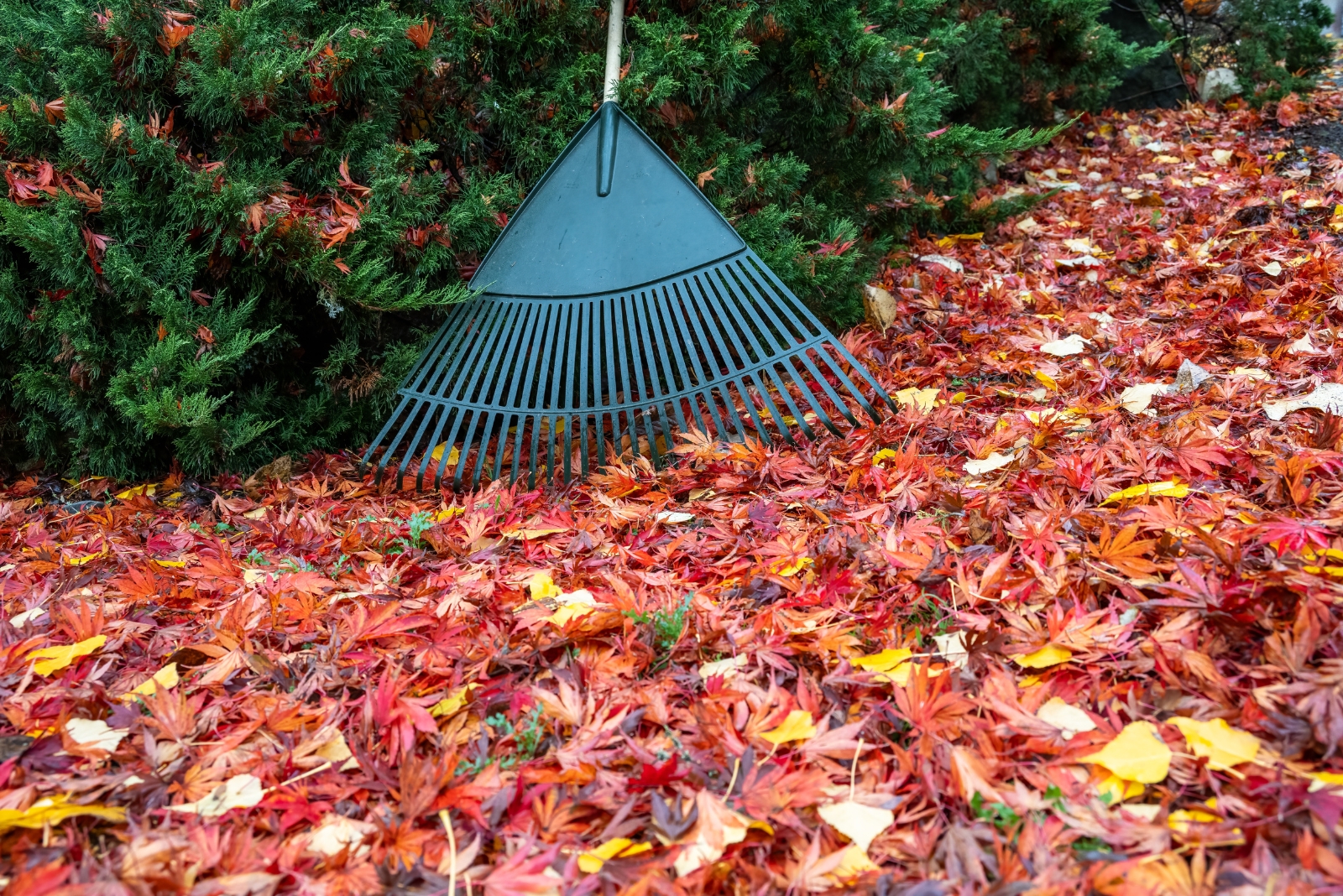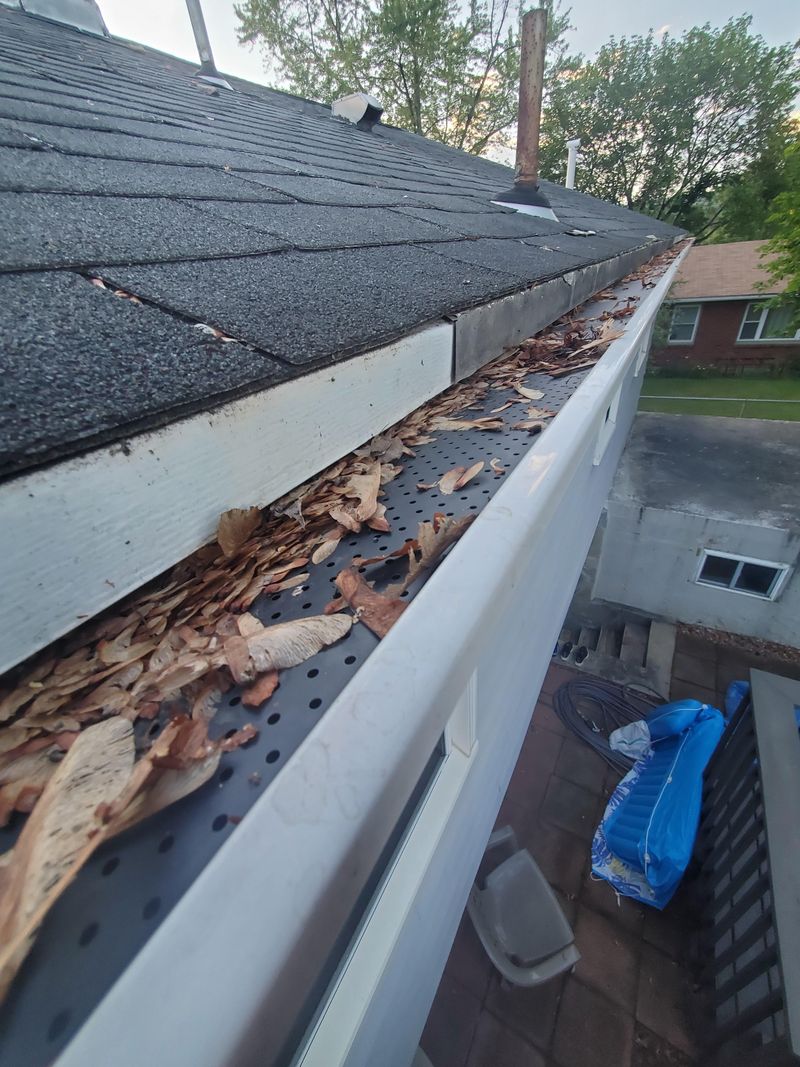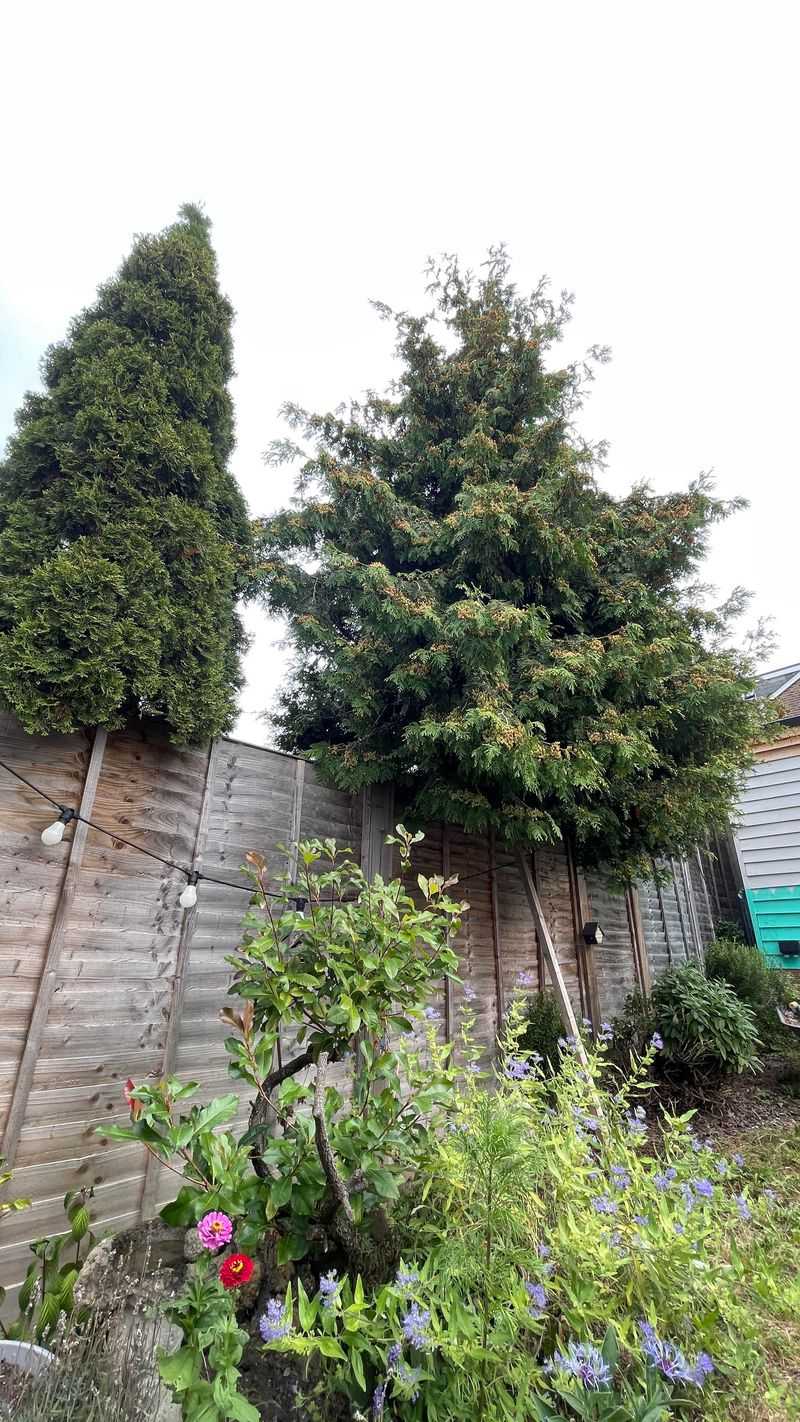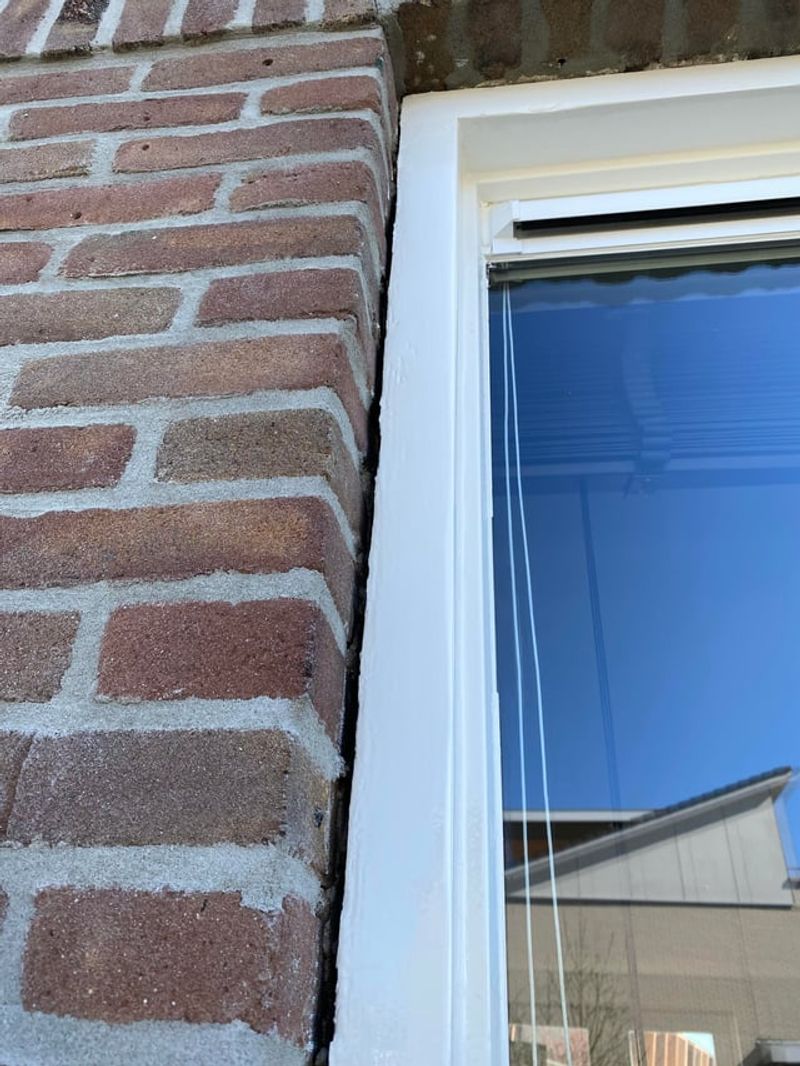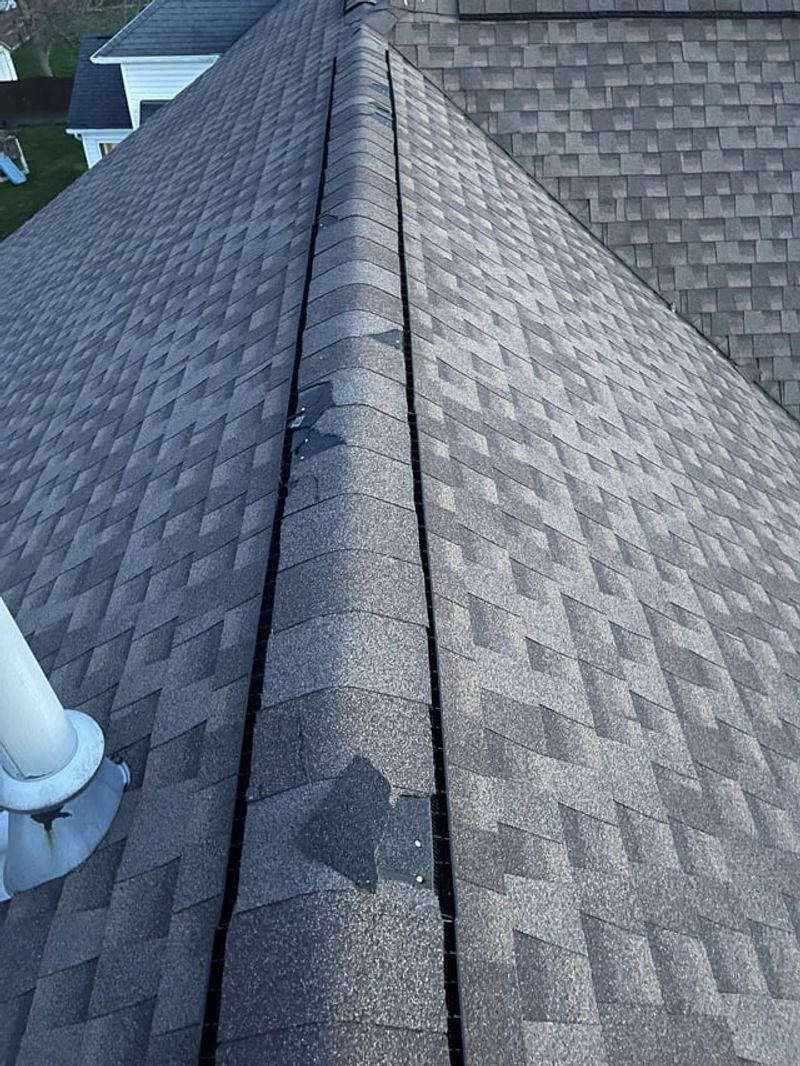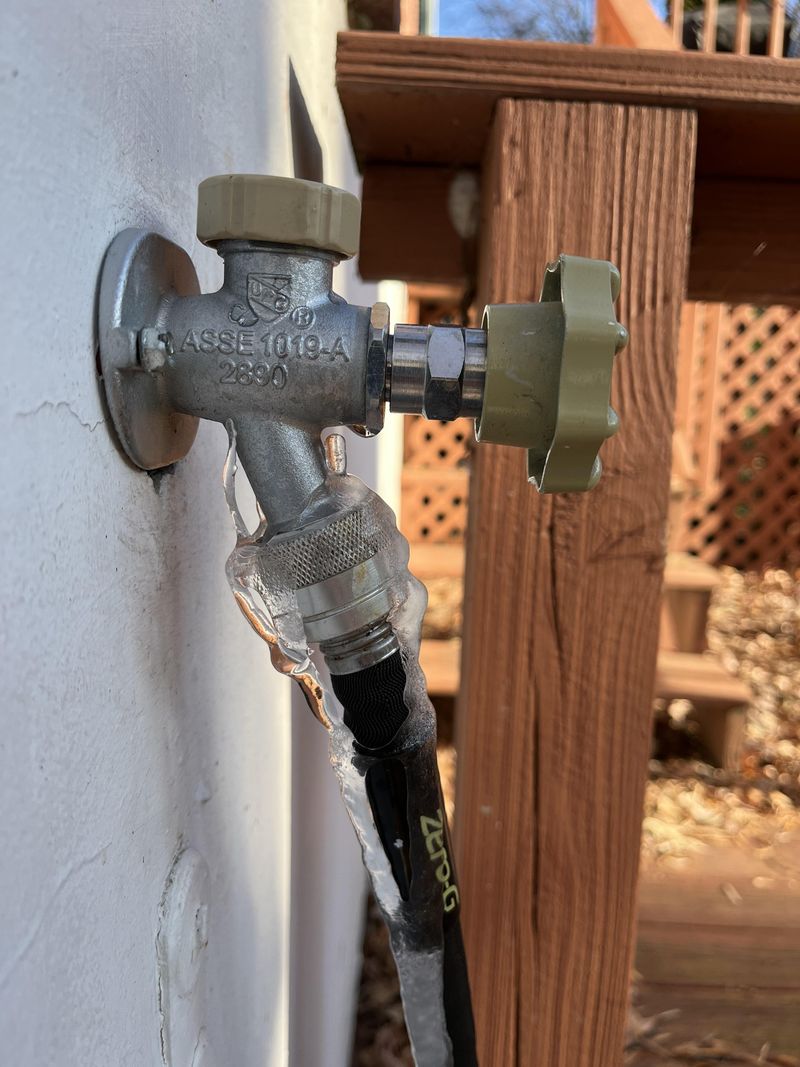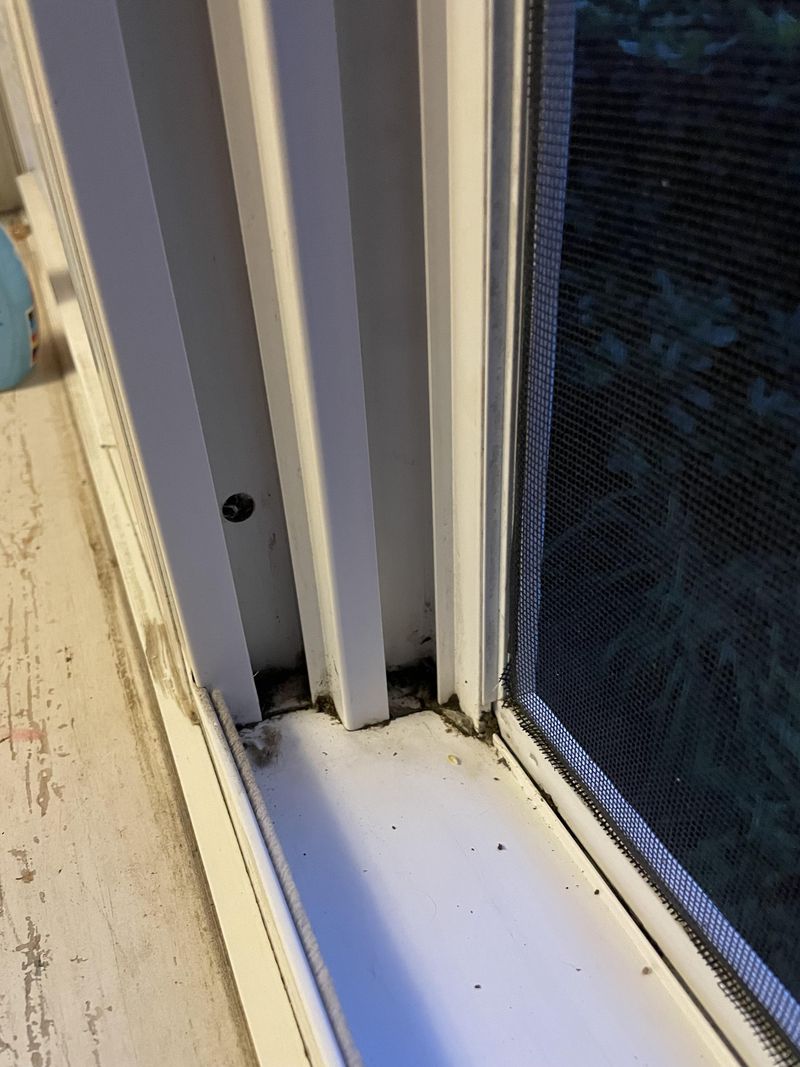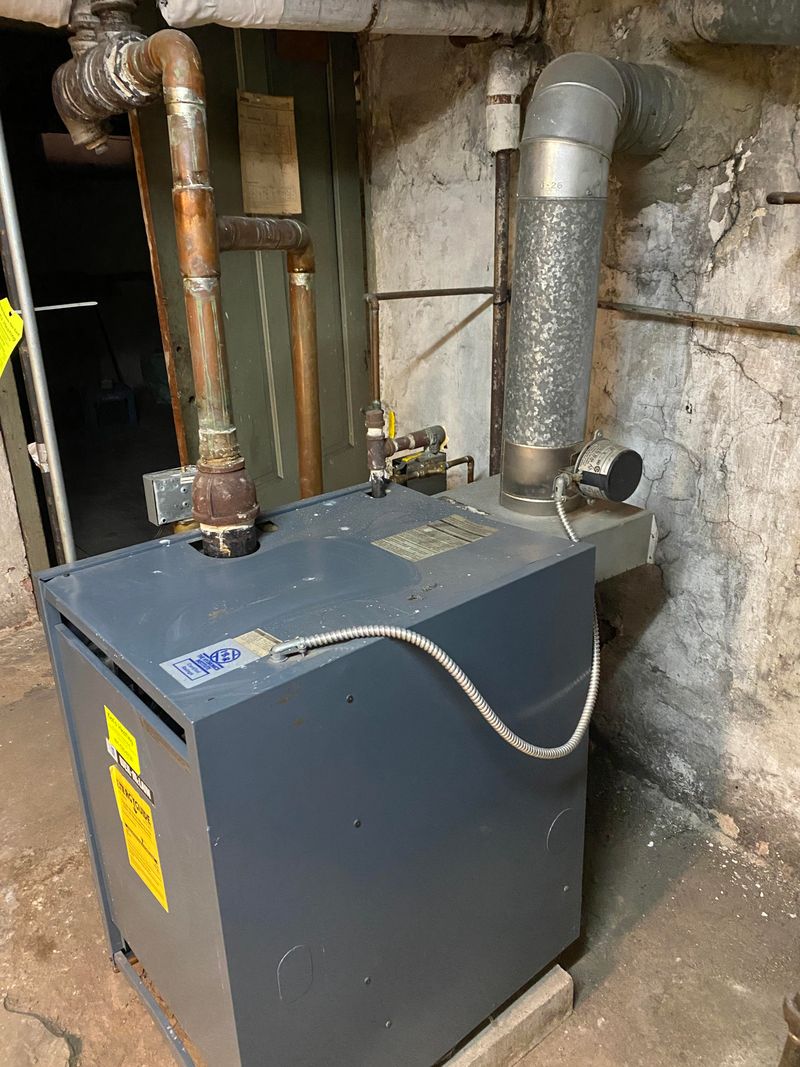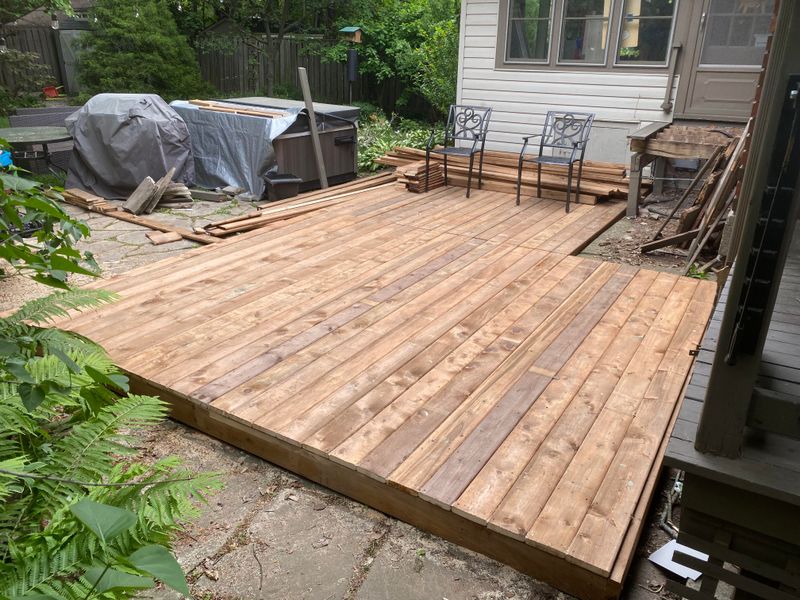Oregon homeowners, skipping a few fall cleanup tasks can come back to bite you over winter. Some chores may seem minor but have big impacts on your garden’s health.
I’ve listed eight things you definitely shouldn’t overlook this fall in Oregon. Do them now, and your yard will stay happy and low-maintenance all season.
1. Cleaning Out Gutters and Downspouts
Oregon winters dump serious rainfall, and clogged gutters become a nightmare fast. Leaves, twigs, and moss pile up during fall, creating dams that force water to overflow.
When water can’t drain properly, it seeps into your roof, walls, and foundation. Homeowners across Oregon face thousands in water damage repairs because they skipped this simple task.
Grab a ladder and clear those gutters before the first big storm hits. Your future self will thank you when neighbors are dealing with flooded basements.
2. Trimming Overhanging Tree Branches
Picture this: a winter windstorm tears through your Oregon neighborhood at 2 AM, and a heavy branch crashes through your bedroom window. Scary, right?
Fall is when you should trim back those branches hanging over your roof and power lines. Dead or weak limbs become hazardous projectiles during Oregon’s notorious winter storms.
Professional tree services stay busy all winter fixing storm damage that could have been prevented. Spending a few hours trimming in October beats spending thousands on roof repairs in January.
3. Inspecting and Sealing Window and Door Frames
Cold drafts and moisture sneak through tiny cracks you barely notice during summer. Once Oregon’s winter rains and chilly winds arrive, those gaps become obvious problems.
Your heating bill skyrockets as warm air escapes, and water damage starts rotting wooden frames. Walking around your home with fresh caulk takes maybe an hour in fall.
Homeowners who skip this regret it when condensation builds up between windows or mold starts growing. A simple tube of weatherproof caulk costs less than ten dollars.
4. Checking Roof Shingles for Damage
A few loose or cracked shingles seem harmless until Oregon’s winter rains find every weakness. Water infiltrates beneath damaged shingles, soaking insulation and dripping into ceilings.
Many Oregon homeowners discover leaks only after brown stains appear on bedroom ceilings. By then, the damage extends far beyond a simple shingle replacement.
Binoculars let you inspect your roof from the ground safely. Look for curled edges, missing pieces, or bare spots where granules have worn away completely.
5. Draining and Storing Outdoor Hoses
Leaving hoses attached seems harmless until freezing temperatures hit Oregon. Water trapped inside hoses and faucets expands when it freezes, cracking pipes and causing massive leaks.
Homeowners wake up to flooded utility rooms or discover burst pipes hidden inside walls. Repairing freeze damage costs hundreds, sometimes thousands of dollars.
Disconnect hoses, drain them completely, and store them in your garage or shed. Shut off outdoor faucet valves from inside and drain remaining water before winter arrives.
6. Clearing Debris from Window Wells
Window wells fill with leaves, dirt, and debris throughout fall, creating perfect conditions for water accumulation. Oregon’s heavy winter rains turn neglected window wells into miniature swimming pools.
Water pressure builds against basement windows, eventually forcing its way through seals and cracks. Basements flood, rugs get ruined, and mold grows in damp corners.
Scoop out debris and consider adding covers to keep leaves out. Proper drainage prevents thousands in basement water damage repairs that insurance might not cover.
7. Servicing Your Heating System
Nobody thinks about their furnace until it quits working on the coldest night of the year. Dust, debris, and worn parts accumulate over months of sitting idle during Oregon’s mild summers.
Furnaces that haven’t been serviced work harder, use more energy, and break down at the worst possible moments. Emergency repair calls during winter cost significantly more than fall maintenance appointments.
Professional technicians clean components, replace filters, and catch small problems before they become expensive emergencies. Schedule service in September or October when companies offer better rates.
8. Applying Protective Sealant to Wooden Decks
Wooden decks look fine in summer, but Oregon’s relentless winter moisture destroys untreated wood fast. Rain soaks into unsealed boards, causing rot, warping, and splintering.
Homeowners who skip fall sealing watch their beautiful decks deteriorate into safety hazards within a few years. Replacing rotten deck boards costs thousands more than preventive maintenance.
Clean your deck thoroughly and apply quality water-repellent sealant before November rains begin. Proper sealing extends deck life by decades and keeps outdoor spaces looking great year-round.

